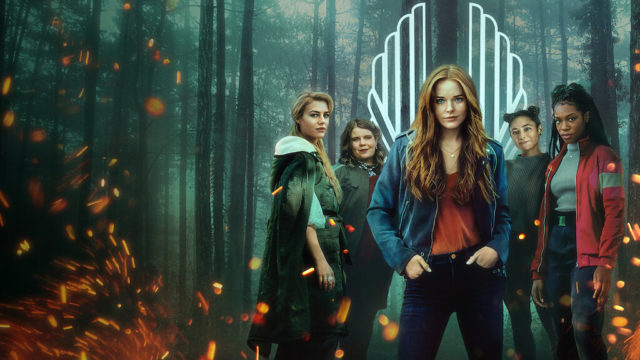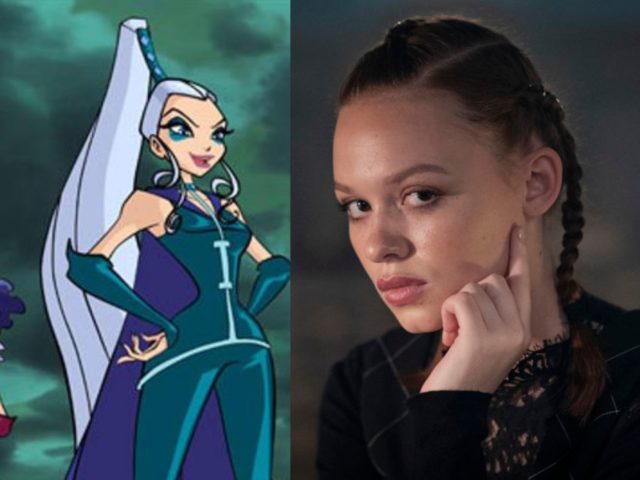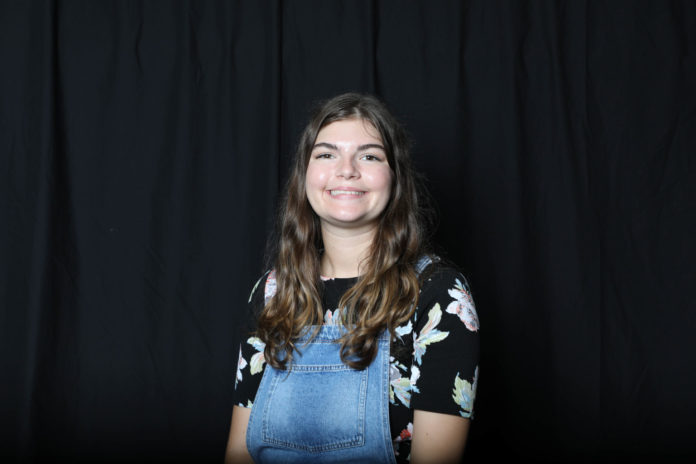By Darby Good | Morning Buzz Editor
** WARNING: The following column contains spoilers on the Netflix show “Fate: The Winx Saga.” **
Before “Fate: The Winx Saga” had even hit Netflix, it had been met with criticism for its cast choices. Many fans who grew up with the cartoon series pointed out that the casting choices for Musa and Flora, now her cousin Terra, were being played by actresses who were not the original ethnicities of the characters.

However, the show does many things to combat what the cartoon did wrong and completely reimagined the world of Winx in a way that I can only commend them for.
As someone who grew up obsessed with the original Winx Club show, I also found myself comparing my body to the ones shown on the show. I wondered why I didn’t have the tiny waist that the fairies did and was also left wondering where my perfect specialist boyfriend was.
The Netflix show does a good job of representing multiple body types in title characters and also expanding the gender roles that I found very limiting in the cartoon. Girls and boys can be both specialists and fairies, unlike in the cartoon where the beautiful girl fairies go on magical quests while the strong male specialists do the heavy lifting. Girls can slay the dragon the same way that guys can study magic.
Apart from the issues of representation on the show, Netflix does a great job of reimagining the classic cartoon into a dramatic retelling that matches its maturity with the audience that grew up with it. Though its dark themes have garnered their own well of critique, the show is meant to reach original fans where they are now, not repeat what was done before, and that’s something we should celebrate.
Musa has always been my favorite Winx Club fairy, and I was so happy to see how she had evolved for this show. No longer the fairy of music, but a mind fairy who constantly listens to music to block out the constant noise of other people’s emotions.

Another character taken in a completely different direction for the show was the cartoon’s main villain and witch, Trix. Now, Beatrix is an air fairy studying alongside the Winx at Alfea, who goes around creating chaos throughout the season that I couldn’t help but root for. In the cartoon the lines were clearly drawn. Heroes go to specialist and fairy school while villains go to witch school. With Beatrix now being added to the ranks of fairies, the lines become more blurred for both the audience and characters as to who they should be fighting.
Another change that I greatly welcomed while some fans hated is that Riven and Musa are not dating this season. Their relationship was extremely toxic in the cartoon and not putting them together was the right decision. The characters did have one scene together this season that was, I’ll admit, very cute, but they both need to go through their own journeys in personal growth before anything can happen. Or else, we’ll just have a painful repeat of Musa and Riven constantly fighting like they did in the cartoon.
Netflix has taken wonderful strides in representing healthy conflict and multiple body shapes while also mixing in a plot that keeps you guessing until the last episode. The season finale opened up the Winx world to so many possibilities for next season, and I personally can’t wait to see how it all unfolds.






